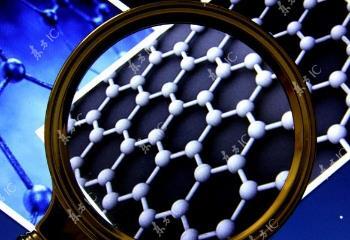When the lithium battery can be softened, it is convenient to make it into a watch strap so that the smart watch can be charged by sunlight? When the steel itself can show the degree of corrosion and can repair scratches by itself, such a material can be used for Are ships and strong beams safer? With graphene, all this is not imagined. The 3rd Shanghai University Students Advanced Materials Innovation and Creativity Competition was held at Shanghai University of Science and Technology a few days ago. In this year’s special graphene material competition, a team of college students from universities in Shanghai applied graphene, a multifunctional material, to new energy, smart In the fields of materials and other fields, the research of some teams has been carried out to the pilot test stage, and it is expected that the industry-university-research will be carried out to the end.

Graphene has high conductivity and good flexibility. The 3D printing flexible battery team from Fudan University has used this feature to prepare a flexible battery. If such a solar battery is used in smart wearable devices, The user can wear it and charge it with sunlight, and a watch can be used for 6-7 hours. The team’s technology has entered the pilot stage, and three team members are preparing to start a business with it.
A team from Shanghai Institute of Technology added graphene oxide to water-based paint, which greatly improved the corrosion resistance of the composite paint. Not only that, they also realized the intelligence of the coating by using the self-healing capsules of the graphene liquid crystal shell and the graphene-loaded chromogenic molecules. Once the metal material coated with the coating is corroded, it will immediately develop color; once a crack occurs, the microcapsules in the coating will burst and release the oily repair agent, which can repair the scratches spontaneously.
There is also a group of students from Shanghai Institute of Technology who synthesized a graphene composite nano-drug carrier, which uses the photothermal conversion effect of graphene oxide and is coated in a metal-organic framework material. This new nano-particle can target drugs into cancer cells. Cells, while synergizing drug release with light and heat, hold promise for improving cancer treatment odds.
In addition, the Donghua University team combined graphene with fabrics to develop anti-radiation, antistatic, antibacterial, flame retardant, waterproof and other functions. This new textile can be widely used in clothing, national defense, fire protection and other fields. It is reported that the graphene session attracted 27 projects from Fudan University, Shanghai Jiaotong University, East China University of Science and Technology and other universities. The new energy, high thermal conductivity film, and smart materials they focus on are also current research and development hotspots in the industry.



 微信扫一扫打赏
微信扫一扫打赏
